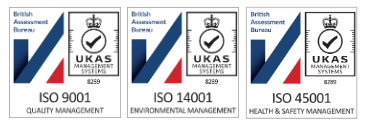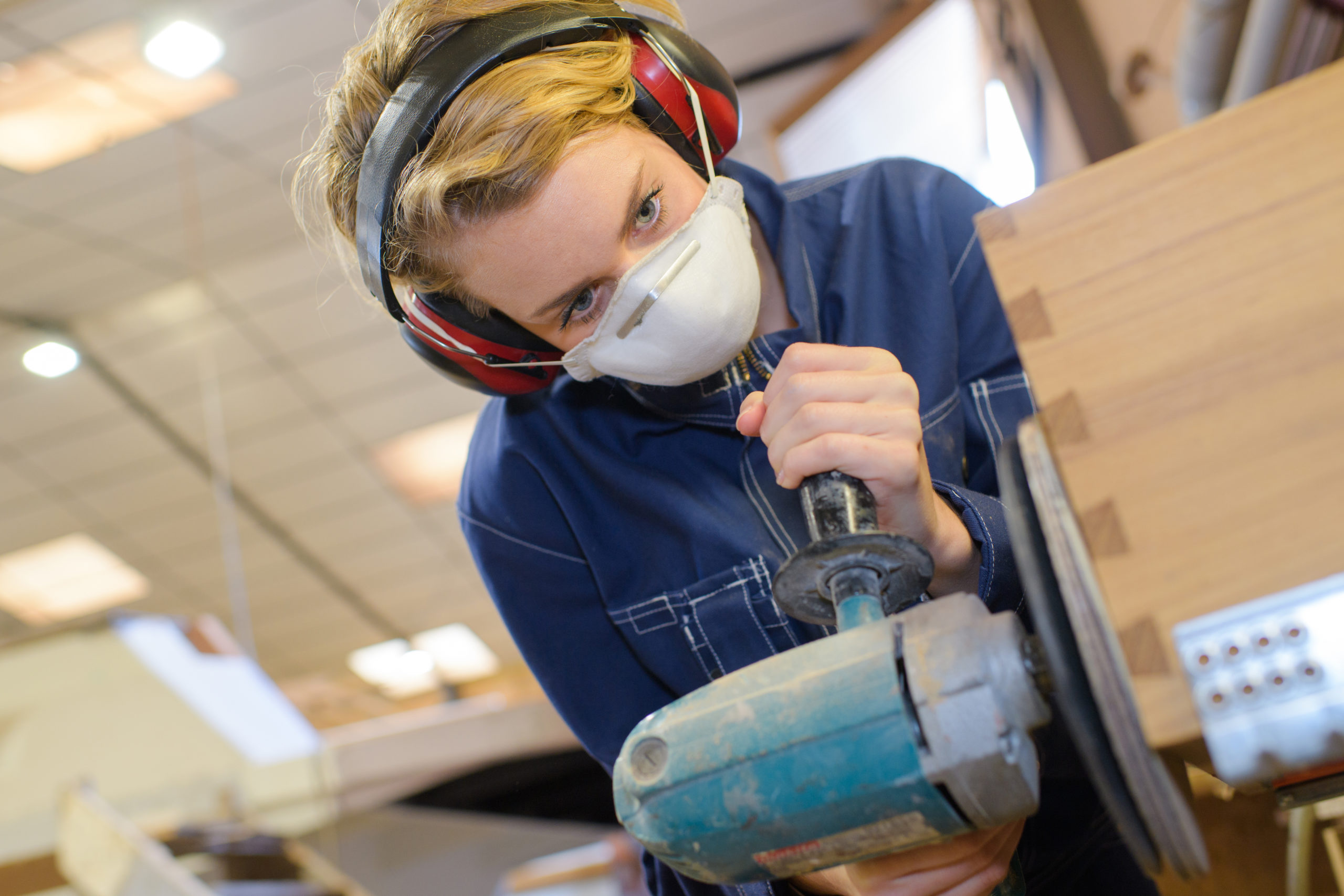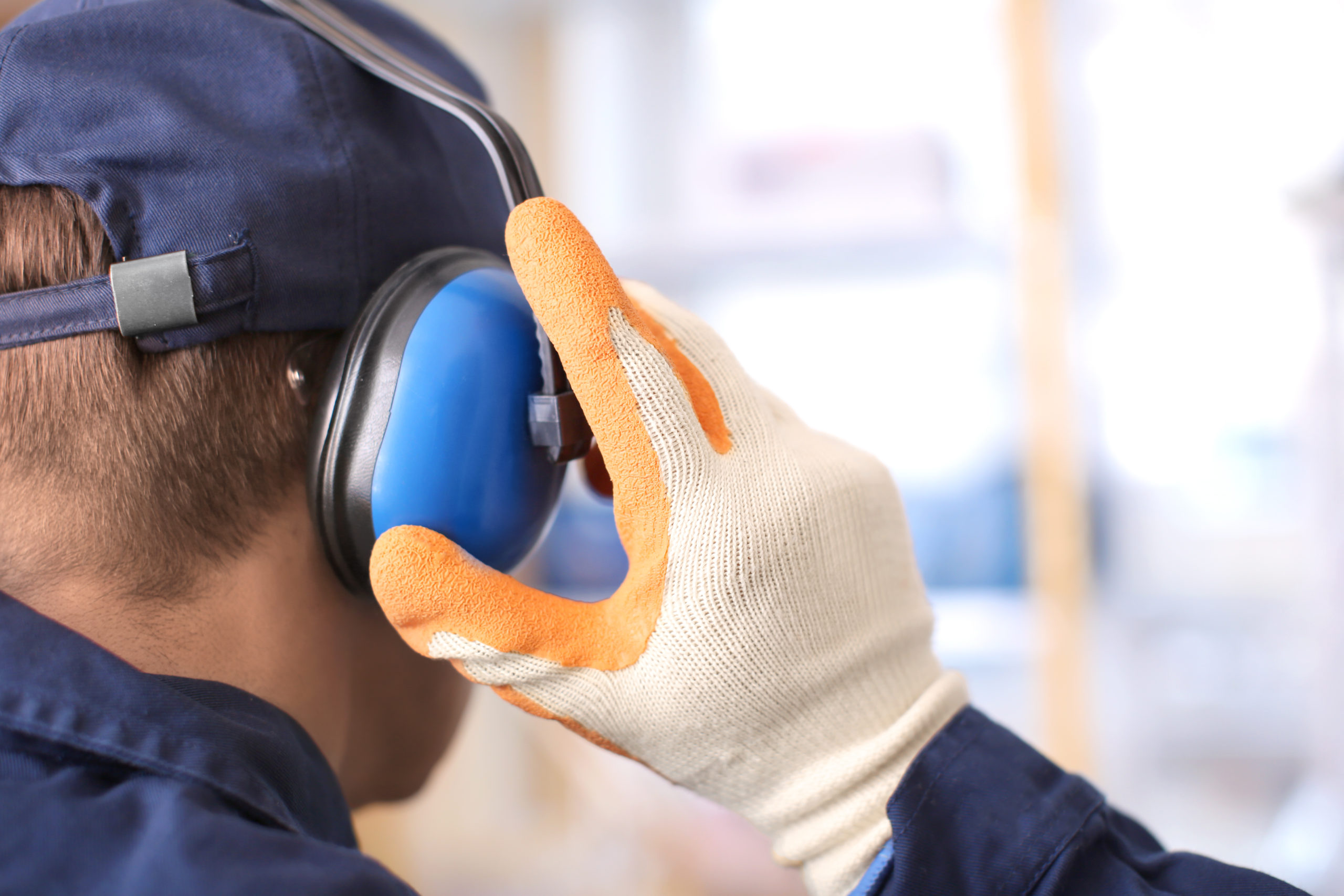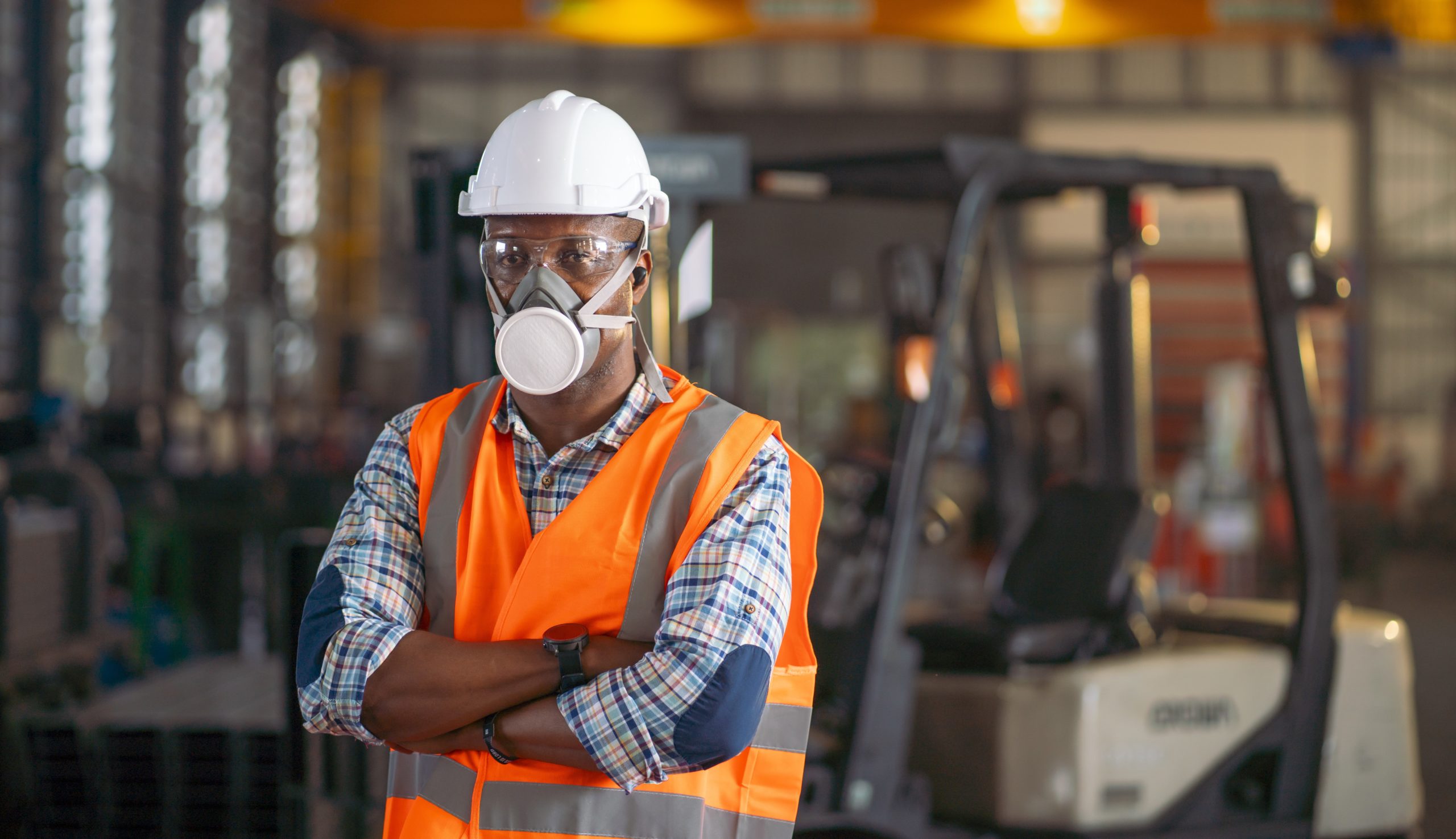Occupational Health and Safety/ Workplace Exposure
Our Services are ISO certified and accredited by the United Kingdom Accreditation Service (UKAS):

Our experts carry out occupational exposure assessment for a range of workplace, ranging from simple single operation businesses to extremely complex multi-operational buildings or complexes.
At AVAL we carry out both dust and noise monitoring surveys for workplace exposure assessment. We will aid your COSHH risk assessment by carrying out COSHH air monitoring to determine the levels of substances in the workplace and ensure the Workplace Exposure Limit (WEL) value is not exceeded for the substances you use. We will also provide a detailed report on work practices and findings together with recommendations for remedial action.

Noise at Work Assessment/ Occupational Noise Exposure Assessment
The Control of Noise at Work Regulations 2005 places a duty on employers to ensure that noise exposure levels are reduced to meet the current exposure limits and a specific requirement is placed on employers to ensure health surveillance is conducted.
Noise at work assessments commonly referred to as occupational noise assessments, or workplace noise assessments, are essential to protect all employees from avoidable hearing damage.
The aim of the Noise Regulations is to ensure that workers’ hearing is protected from excessive noise at their place of work, which could cause them to lose their hearing and/or to suffer from tinnitus (permanent ringing in the ears). Any hearing protection must be carefully specified to avoid under-protection as well as over-protection. If the hearing protection is over-specified, this can cause an employee to lose awareness of their surroundings, including distress calls or any warning sounds or alarms.
We can carry out noise at work survey in full compliance with the Control of Noise at Work Regulations 2005 for any type of business or building, including but not limited to:
Warehouses and distribution centres;
- Factories;
- Industrial Facilities;
- Commercial Buildings;
- Food Production;
- Mechanical Plant rooms;
- Construction site; and
- highways development sites.


Workplace Air, Dust, Fume and Odour Exposure
Exposure to hazardous substances in the workplace can have a harmful effect on employee’s health. The Control of Substances Hazardous to Health Regulations (COSHH, 2002) places a duty of care upon employers to protect both employees and others who may be exposed to specific substances.
COSHH Regulation 7 places a duty on employers, as part of their COSHH assessment, to stop or control the exposure of staff to hazardous substances at work. Regulation 10 sets a duty to carry out workplace air monitoring to measure these exposures. Hazardous substances can be found in:
- substances used directly in work activities (e.g. adhesives, paints, cleaning agents);
- substances generated during work activities (e.g. dust fumes from soldering and welding);
- naturally occurring substances (e.g. grain dust);
- asbestos handling activities;
- biological agents such as bacteria and other micro-organisms; and
- contamination of buildings, for example, mercury or anthrax.
At AVAL, we are able to offer our customers an extensive range of occupational exposure monitoring solutions to identify, evaluate and control risks to workers health from exposure to hazardous substances. We offer comprehensive COSHH workplace air monitoring and COSHH risk assessment advice to ensure compliance with the relevant exposure limits.
Our expert services include measuring exposure to harmful substances and comparing these levels with the current Workplace Exposure Limits as well as COSHH Risk Assessments.
We can carry out workplace air sampling to determine the level of exposure to hazardous substances in the air and recommend appropriate mitigation measures. our expert monitoring provides a scientifically solid basis for identification of the most appropriate solution to contamination control. Our surveys are carried out using best practice guidelines produces by leading health and safety organisations such as HSE, NIOSH and OSHA.
We can carry out short term/ periodic air sampling or continuous air sampling that we can manage remotely to keep you informed about your workforce’s exposure to airborne substances in compliance with the exposure limits given in EH40/2005 – Workplace exposure limits.
Some of the common scenarios where our services can be used are:
- when our clients need to prove compliance with WEL (Workplace Exposure Limit);
- when our clients need to prove compliance with BMGV (Biological Monitoring Guidance Value); or
- when our clients need to assess the performance of an mitigation/ intervention measure.
A typical workplace survey report will include the following:
- Detailed information of the work being carried out;
- Survey methodology, time of the survey and site observation during site visits;
- A clear presentation of the results from the survey and detailed information of where and when these were taken;
- Comparing the results of the hazardous substances survey against the relevant limit values;
- Assessment of existing control measures such as Local Exhaust Ventilation or General Ventilation and how this can be improved; and
- The review of Respirable Protective Equipment (RPE) used in the working process and how this can be improved or changed to be more efficient.
We would be pleased to hear from you if you would like to discuss your requirements and how we can help you with your project, please contact us on 0333 006 2524 or email us on contact@aval-group.co.uk
